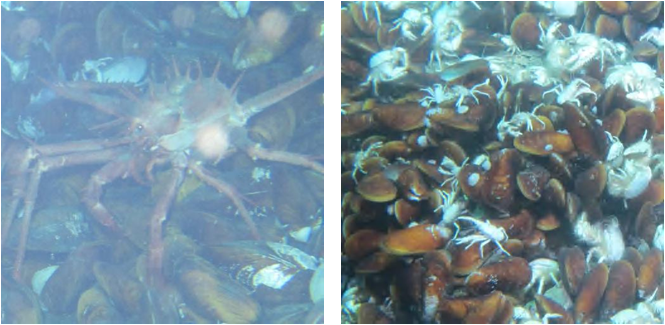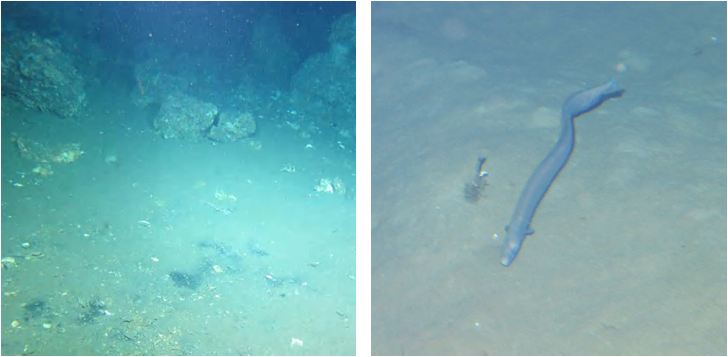Jiaolong, China's first manned deep-sea submersible, ended a 2-month scientific dives in the Pacific Ocean as it entered the Yangtze River estuary on Sept. 18. Throughout the dives, the acoustic systems of the submersible designed by the Institute of Acoustics, Chinese Academy of Sciences (IACAS) worked outstandingly and guaranteed the scientific research.
Since the submersible's carrier, Xiangyanghong 09, set sail on June 10 from the southeast China port city Xiamen, Jiaolong has explored the South China Sea and the northeast and northwest Pacific Ocean, accomplishing 21 scientific dives and carrying 10 scientists.
During the dives, the acoustic systems designed and integrated by the IACAS provided a strong guarantee for the scientific research. The high-speed underwater acoustic communication system could transfer sounds, images, letters and other signals instantaneously between the carrier and the sub, which were clear and smooth.
The scientific dives have also brought a professional team of crew members. Researcher ZHU Min, YANG Bo, ZHANG Dongsheng, LIU Yeyao and XU Lijun from the IACAS took part in the dive tasks. As well, they did technical support and maintenance work for the acoustic systems and training work for the new oceanauts in the nation’s manned deep-sea base.
All well, scientists brought back a total of 390 creatures from the seafloor representing 71 species, including coral, sea cucumbers and sea anemones, and a number of samples including 161 polymetallic nodules, 32 rocks, and 180 kg of sediment.


sea bed dwellers
Liu Feng, chief commander of the mission, said the success of the dive, confirmed the submersible’s capabilities, the experienced crew members and supported China’s further underwater research by collecting a rich amount of sea bed dwellers.
"It is a significant issue in China's oceanic study," said Wang Pinxian, an academician at the Chinese Academy of Sciences. "It is quite important to get first-hand materials for deep-sea study."


